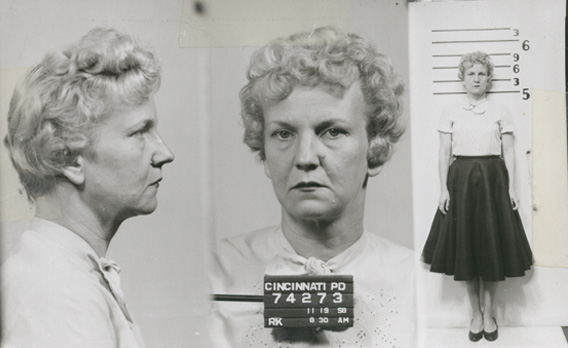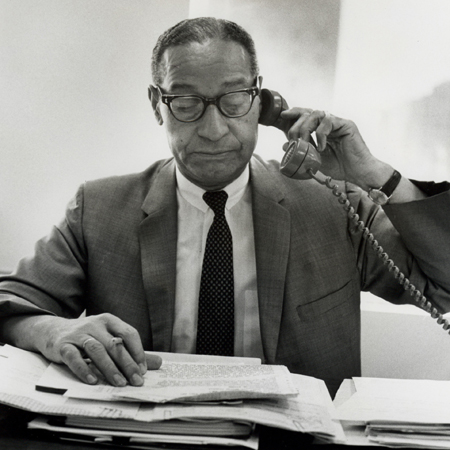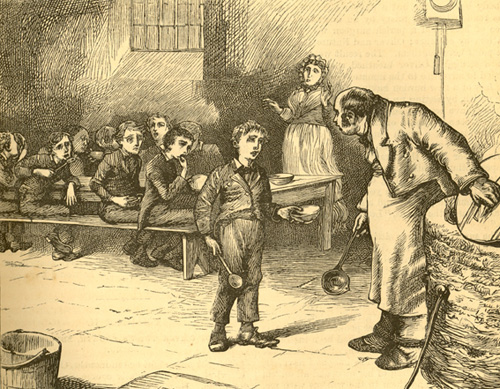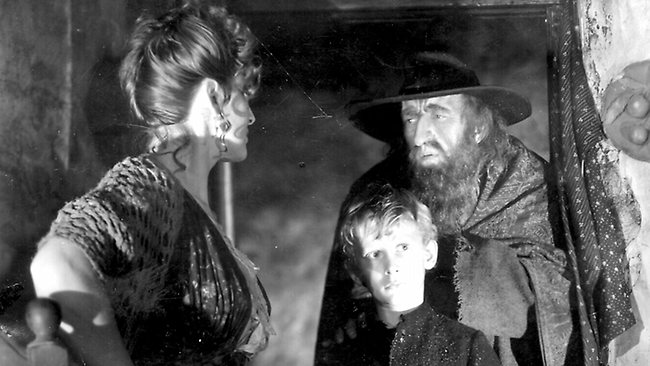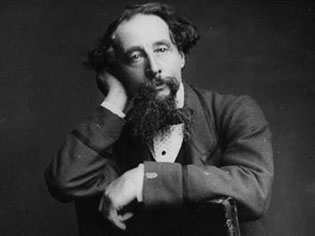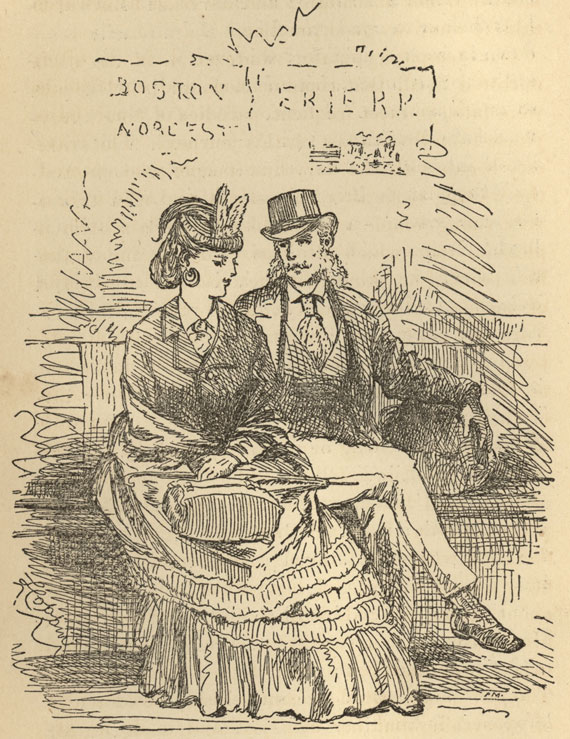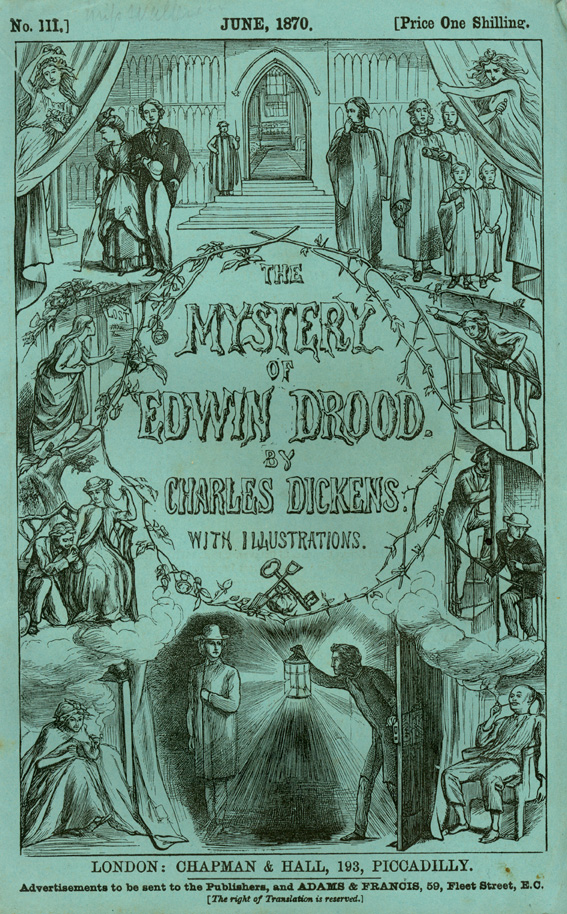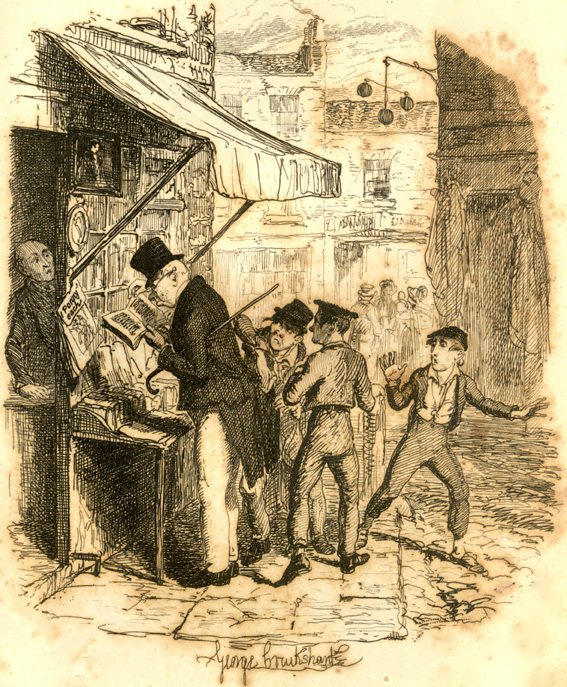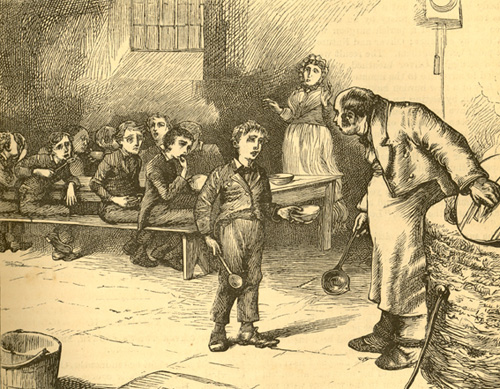By Janice Schulz
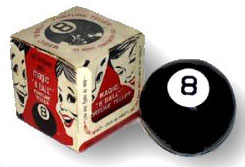 At the Archives & Rare Books Library we frequently get requests asking us to verify that a certain individual attended UC or one of its predecessor schools. Recently a call came in asking us to substantiate a claim found on the internet that Abe Bookman, creator of the Magic 8 Ball, was a graduate of the Ohio Mechanics Institute (OMI). Generally this is an easy task – we simply look in alumni directories, yearbooks or commencement brochures for the person – but Abe proved to be a bit more elusive than most. With no attendance dates to go by, we started pouring through all of the resources we have for OMI using his birth date and the Magic 8 Ball’s introduction as guides, but to no avail. After further research, the reason for his elusiveness began to become clearer – at some point around 1936, we believe he Anglicized his surname from Buchmann to Bookman. He seemed to use both names until around 1955, eventually dropping Buchmann and exclusively using Bookman. That research also uncovered some interesting details about his life. Continue reading
At the Archives & Rare Books Library we frequently get requests asking us to verify that a certain individual attended UC or one of its predecessor schools. Recently a call came in asking us to substantiate a claim found on the internet that Abe Bookman, creator of the Magic 8 Ball, was a graduate of the Ohio Mechanics Institute (OMI). Generally this is an easy task – we simply look in alumni directories, yearbooks or commencement brochures for the person – but Abe proved to be a bit more elusive than most. With no attendance dates to go by, we started pouring through all of the resources we have for OMI using his birth date and the Magic 8 Ball’s introduction as guides, but to no avail. After further research, the reason for his elusiveness began to become clearer – at some point around 1936, we believe he Anglicized his surname from Buchmann to Bookman. He seemed to use both names until around 1955, eventually dropping Buchmann and exclusively using Bookman. That research also uncovered some interesting details about his life. Continue reading

